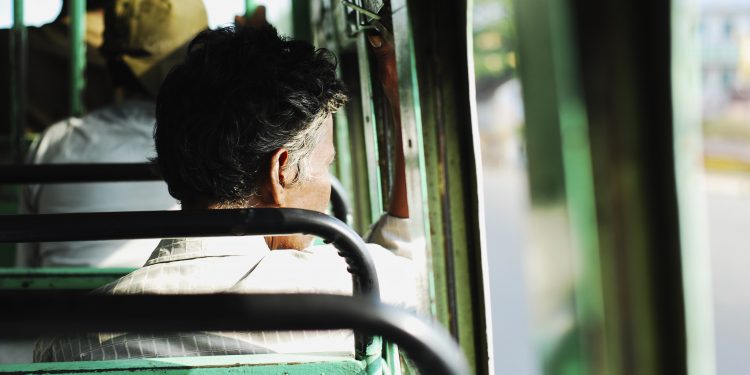This article is contributed by Melvin Yong, NTUC Assistant Secretary-General. Any extracts must be attributed to the author. 9 May 2020.
I was deeply disturbed when I heard the news that the lives of two migrant workers were lost in a traffic accident involving a lorry and a tipper truck on 20 April. Less than a week later, there was another lorry accident which resulted in 10 migrant workers conveyed to the hospital.
Workers in accidents recovering well, MWC assisting Next-Of-Kin
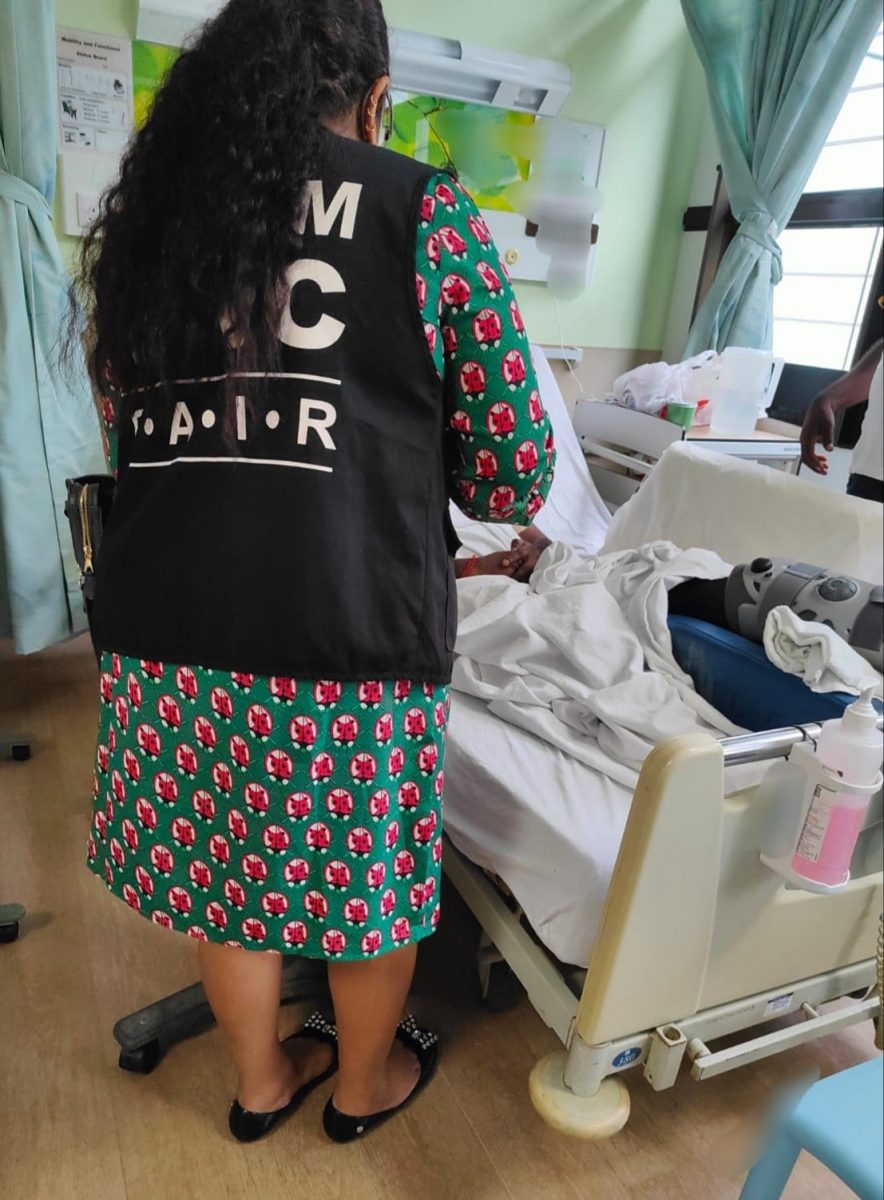
The NTUC’s Migrant Workers’ Centre (MWC) is assisting the injured workers in their recovery process, and raising funds to help the next-of-kin of the workers whose lives were lost in the tragic accident.
Safety concerns about how our migrant workers are transported is not a new topic, and regulations were amended in 2011, following a spate of fatal road traffic accidents involving migrant workers then.
So why are these accidents still happening?
Migrant workers should not be transported in goods vehicles
Clearly these accidents, and their fatal consequences, show that trucks and lorries should not be used to transport workers. To put simply, they should be used to transport goods, not people.
In 2009, then-Labour MP Halimah Yacob had called out such transport arrangements as unsafe, and urged the authorities to review such travel arrangements.
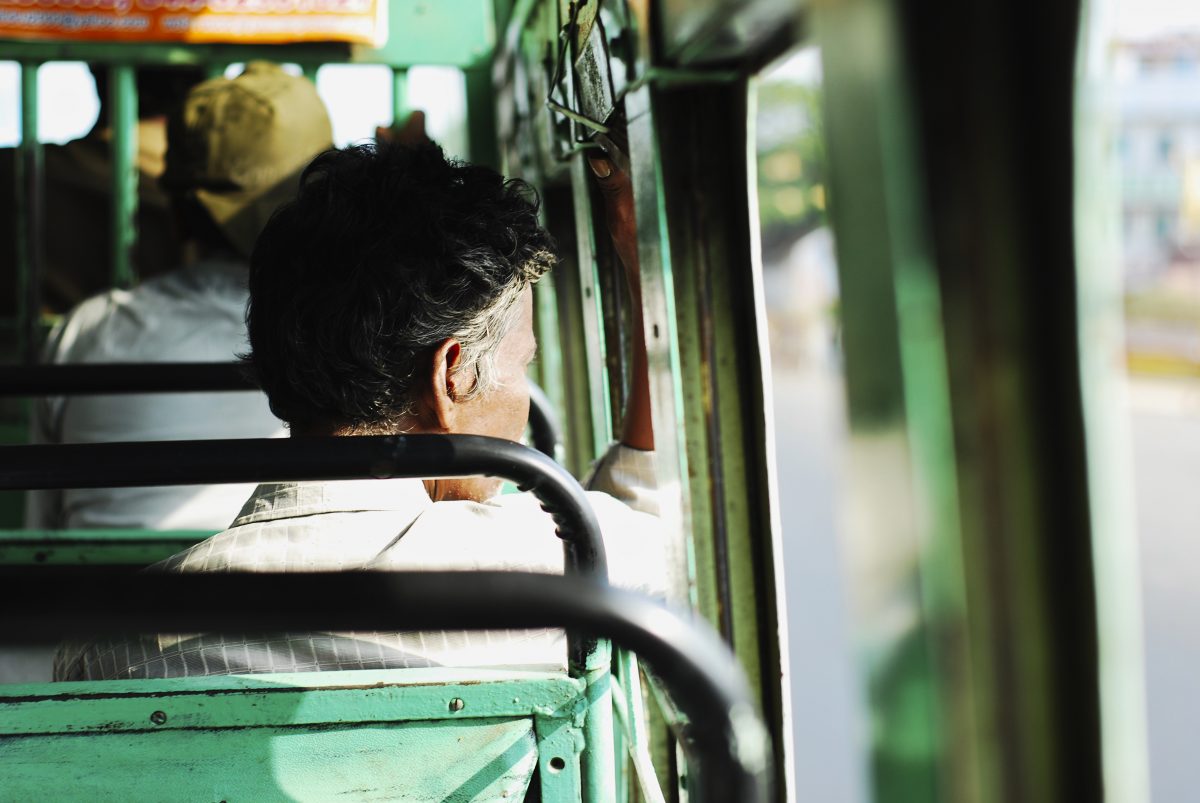
There is a perfectly viable alternative to transport our migrant workers – in buses, equipped with seat belts.
The Labour Movement is keenly aware of the challenges that companies will face in implementing this. Many are already reeling from the financial impact of the prolonged COVID-19 pandemic, and the cost to purchase or lease a bus is substantial. Some worry that there may not be sufficient supply of buses to transport the over 350,000 migrant workers in Singapore.
So how can we overcome these challenges?
The NTUC and the Building Construction and Timber Industries Employees’ Union (BATU) is engaging the Singapore Contractors Association Ltd (SCAL) to push for the implementation of separate transport arrangements for migrant workers as soon as possible. The Labour Movement is also engaging the relevant government agencies to address implementation issues. Simply put, we want our workers to get to their workplaces, and back home safely every day.
While tripartite negotiations are underway, we should explore interim safety measures that should be adopted immediately. Christopher Tan, of The Straits Times, has recently written an insightful article on this and I echo many of the recommendations that he has listed.
Dedicated driver with mandatory vocational license
First, we call on employers to hire a dedicated driver to transport their workers.
According to SCAL, many exemplary companies in the construction sector have already implemented the practice of hiring a dedicated driver to ferry their migrant workers to various worksites.
This is a good practice as it eliminates the issue of worker fatigue. But as rightly pointed out by Christopher Tan, many of these vehicles are not driven by vocational drivers. There still exists many companies, especially those outside of the construction sector, that require their workers to double-hat as a driver after a full work shift – and this practice must stop.
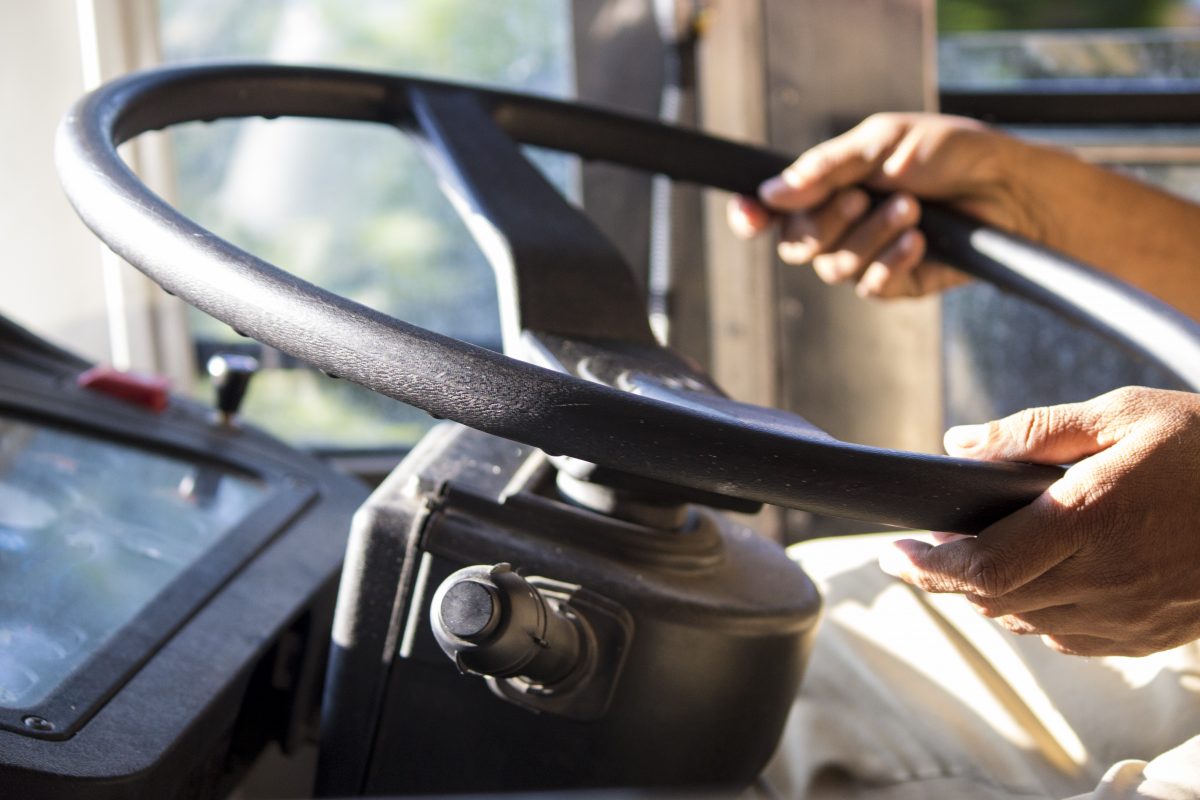
Drivers should also be required to have a vocational driving license before they are allowed to transport passengers – just like bus drivers, taxi and private hire car drivers. Do you know that our school bus drivers must also attain a vocational driving license to ferry our children to school?
It ensures that drivers are familiar with the current road regulations and are aware of the responsibilities and safety issues when transporting passengers. Mandatory licensing also allows the authorities to screen and track drivers for any adverse driving records.
Goods or passengers, there should only be one
Second, proper safety standards governing the co-mingling of goods and passengers should be legislated.
Under the Road Traffic Act, lorries and goods vehicles cannot be used for passenger transport, but an exception is made for those ferrying workers between their lodgings and worksites. However, the Act is silent on how equipment should be safely secured when passengers are on board the vehicle.
This co-mingling of goods and passengers is unsafe and portends a fatal disaster. If not properly secured, those onboard risk being pinned by these heavy goods and machineries in the event of an accident, or even a sudden braking of the vehicle.
Some have pointed out that most countries allow workers to be transported in cargo areas with little safety regulations.
But I say, let us outlaw the co-mingling of passengers and goods. Have dedicated drivers to make separate trips, if needed. Goods or passengers – there should only be one onboard at any one time.
Belt up and slow down
Lorries are not meant to transport passengers. If employers use lorries to transport their workers, we want to reduce the risk significantly. One, by securing the passengers with proper seat belts; and two, by restricting the lorry’s travelling speed when transporting workers.
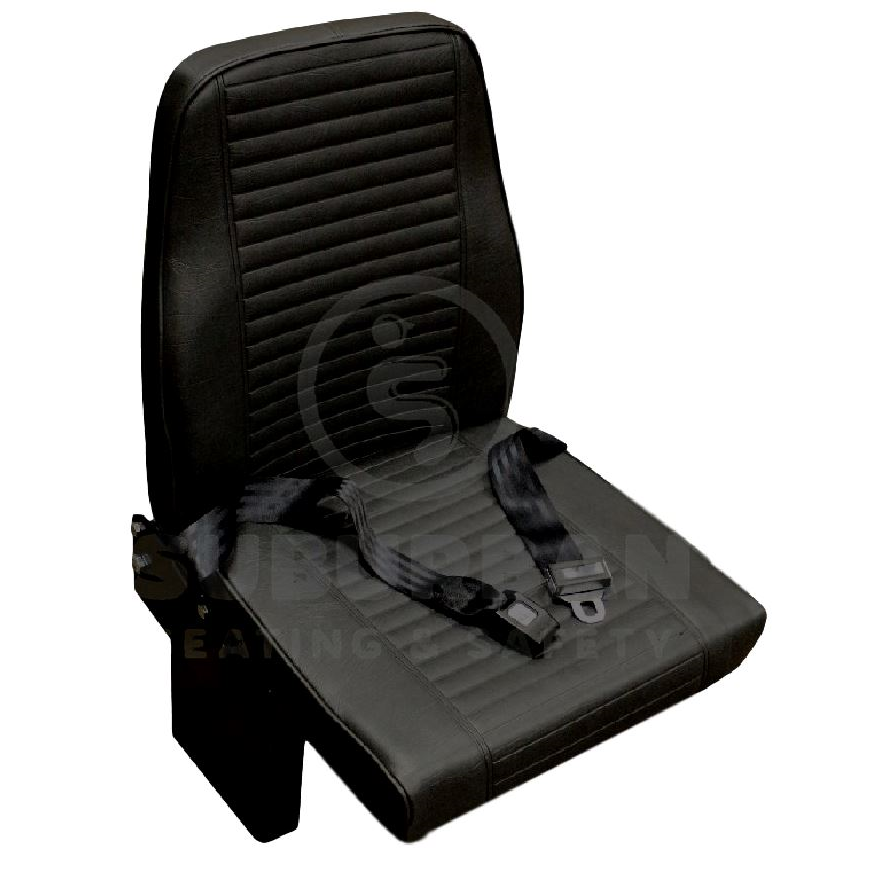
Research shows that passengers in cargo areas are 7.9 times more likely to lose their lives in the event of an accident, as compared to front-seat passengers. Seat belts can significantly reduce the risk of road traffic fatalities.
We also need to review the speed limit when passengers are on board.
Under the Road Traffic (Regulation of Speed) Rules, goods vehicles are subjected to specific speed limits. Lorries, for example, cannot travel above 60km/h or the road speed limit, whichever is lower.
A 2015 Swedish study published by the International Association of Traffic and Safety Sciences found that fatal accidents are less likely in cases where the vehicle is travelling below 40km/h.
30km/h? 40km/h? or 50km/h?
Clearly, we need to re-look at the travelling speed of lorries when workers are on board.
Enforcement, enforcement, enforcement
Let us be realistic. Even the best-in-class measures would not work without proper and sustained enforcement.
The Land Transport Authority and Traffic Police must clamp down hard on speeding among goods vehicles, which not only put our workers in danger, but also other road users at risk.
Workers who feel that they are being transported in an unsafe manner can alert the Ministry of Manpower through the SnapSAFE app or call the MOM hotline at 63171111 with your tip-off. Migrant workers with workplace issues can also turn to MWC by calling the 24-hour hotline at 65362692.
Government’s help needed to expedite changes
Suggestions to improve the transport safety of our migrant workers will inevitably incur additional costs. The Labour Movement is fully aware of the difficult economic situation that many employers are facing. The recent return to Phase 2 to limit the spread of community COVID-19 cases has made business prospects even more uncertain.
I urge the Government to help offset the financial burden employers will face when enhancing the transportation safety of our migrant workers.
Perhaps we could exempt these buses from the Certificate of Entitlement, similar to how school buses are already exempted today. How about providing an early adopter grant to incentivise employers to purchase or lease buses to transport their workers?
I believe that this is a necessary price to pay to ensure the safety of the workers who have left their home country to help build our nation.
Every Worker Matters
Workers have a right to safe transportation. We need to ensure that the vehicles used are safe and drivers are properly trained.
The Labour Movement will work closely with the relevant authorities, SCAL and BATU to explore some of the suggestions above so that we can create a safer environment to transport our workers, because Every Worker Matters.

